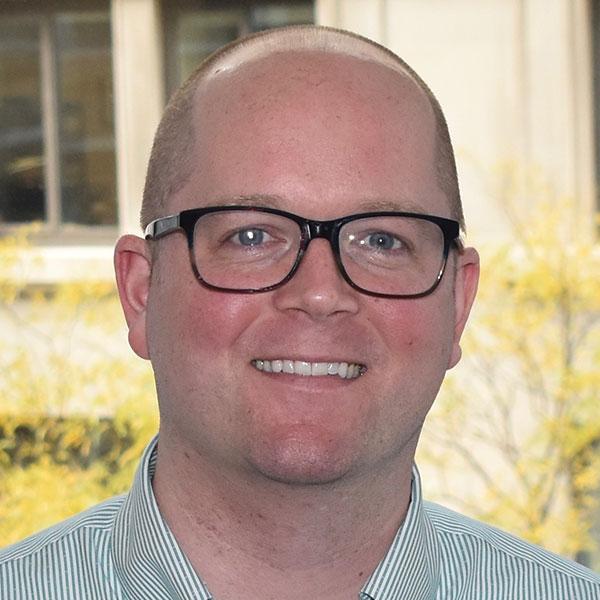Impact at Work: An Interview With Tim Smith From The Boston Foundation and Pledge 1% Boston
by Lauren Chasanoff

Another one of our favorite communities of practice is the Pledge 1% initiative, pioneered by Salesforce.com. Pledge 1% is a global movement that encourages and challenges both individuals and companies to Pledge 1% of equity, profit, product, and time for their communities. I had the exciting opportunity to speak with Tim Smith, Head of Pledge 1% Boston and Senior Director at The Boston Foundation to learn about the newest trends in philanthropy and the unique role he plays in driving change in his local community.
What has been the most rewarding part of your career so far? What has been the most challenging?
These pieces are related so I’ll start with the most challenging. I am originally from Boston, but spent a decade in San Francisco where I ran a venture philanthropy foundation and established a strong network in the area. A few years ago my parents had unfortunate health issues and it was imperative that I find a way back to Boston. I had lived away from Boston for 11 years and returned with the daunting task of recreating my network from scratch. I’ll admit that at first, I wasn’t super optimistic about finding a role in Boston that was as innovative as my last position given Boston’s traditional nature. However, I came to realize that San Francisco and Boston are more similar than in the past, and that in the time I had been away, a lot of new programs and philanthropic entities had taken hold in the city. Relatedly, I helped get Pledge 1% off the ground in the Bay Area and saw firsthand how fast it was taking off in that market. It was obvious that Salesforce CEO Marc Benioff had strong networks in the Bay Area he could leverage. But Pledge 1% didn’t have a footprint in Boston yet, so building the right structure, movement and people behind it was imperative.
On the flip side, the most rewarding part has been going from not having a network to conceptualizing a program, getting the right stakeholders in line, launching it and becoming successful all in two years’ time. It was all about building my network by going to events, making connections, and allowing myself to be vulnerable in a new city.
What are the newest trends in cross-sector CSR and philanthropy you see from your vantage point?
The number one trend is efficiency. Companies used to make grants here and there and sponsor events, but now they are focusing on creating deep, multi-year partnerships with fewer nonprofits. They are looking at how funding can be amplified by employee time and product donation, and how their employees can give back along all of these different dimensions.
Companies are also working together through funder collaboratives, where a leading entity might define an issue in the community and, instead of one company taking the lead, they leverage the support of community foundations or philanthropic organizations. This approach is less focused on a company’s individual brand or funds, and more about the overall impact. On the nonprofit side, nonprofits are starting to understand that companies are only a small piece of the funding pie and that there is value in individual cultivation.
From your experience at The Boston Foundation, how do you think the next generation is shaping philanthropy within the corporate sector and making it a core part of business? How do you see this change take place within the nonprofit sector?
Social impact is now ingrained in most founders of companies – either they themselves are learning the importance of respecting and connecting with their communities or they are realizing that is what people coming into the workplace are looking for in their roles. Corporate leaders are embracing the mixed motive – impact on the community, attracting/retaining top talent, and elevating the brand of a company. It is a no-brainer to give back whether that be through money, time or product. This work used to be driven by employees, but now begins with leadership and reverberates through the whole business.
From the nonprofit angle – it is a bit overwhelming to navigate what to spend time on, and companies have to be respectful and effective with the time they ask of nonprofits. Additionally, there is a huge trend towards online giving through fundraising campaigns like Giving Tuesday and a movement of next-gen nonprofit champions.
How has Pledge 1% brought professionals and organizations together from different backgrounds and experiences within the Boston area? What is a key lesson you've learned from launching the local initiative?
The great thing about Pledge 1% is that companies are not committing their equity to a specific nonprofit or cause – they are setting it aside and committing to be part of the movement. Pledge 1% is a safe space for leaders to learn about social issues and philanthropy together -- without there being a monetary ask right now. The biggest lesson is that there is no benefit in recreating the wheel. It has been extremely helpful to leverage the global brand and look to companies in other markets that have doing this work well and telling their stories. We’ve also gotten the investor community behind this work, which established credibility and accelerated our success.

